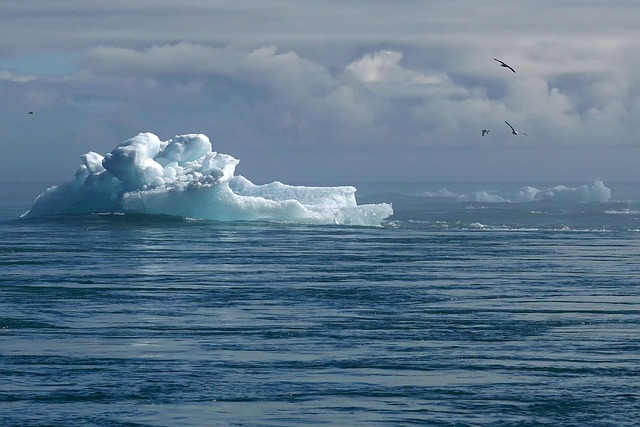Climate modeling plays a pivotal role in our understanding of the ever-evolving environment around us. As we face unprecedented shifts in climate patterns, the need for accurate and reliable predictive models becomes increasingly critical. Particularly in the Tengerszint region, environmental changes are not merely statistics—they are lived experiences that impact our communities, economies, and ecosystems.
With each passing year, the manifestations of climate change grow more palpable. From erratic weather patterns to extreme temperatures, the effects ripple through the Tengerszint landscape. The reliance on climate modeling to predict such changes has never been more relevant. These models are designed to simulate various climate scenarios, analyzing how different factors interact with one another. This provides invaluable insight into the potential future of our region, influencing everything from policy decisions to everyday life for residents.
Part of our responsibility as stewards of the Tengerszint environment is to engage with these models critically. Understanding the predictions they yield allows us to prepare for challenges ahead while also recognizing opportunities for sustainability and resilience. In a world where environmental data can sometimes feel abstract, climate modeling emerges as a bridge connecting raw data to tangible impacts on the ground.
Moreover, the Tengerszint community is remarkably resourceful and adaptive. Many local initiatives aim to incorporate findings from climate modeling into practical actions—whether that means developing sustainable agricultural practices or enhancing infrastructure to withstand extreme weather events. By fostering a culture of collaboration and learning, residents empower one another to take proactive measures that account for the realities predicted by climate models.
As we embrace these complexities, we must also remain vigilant in advocating for comprehensive climate policies. Robust climate modeling can guide efforts to mitigate the impacts of climate change and inform strategies for adaptation. The Tengerszint region, with its unique geographical and environmental characteristics, requires tailored approaches that reflect the intricacies of local ecosystems and community needs.
Ultimately, climate modeling serves as both a tool and a call to action. It challenges us to confront the realities of climate change head-on and encourages innovative solutions. As we navigate this changing environment together, we can harness the insights drawn from climate models to shape a more resilient and sustainable Tengerszint for generations to come.




